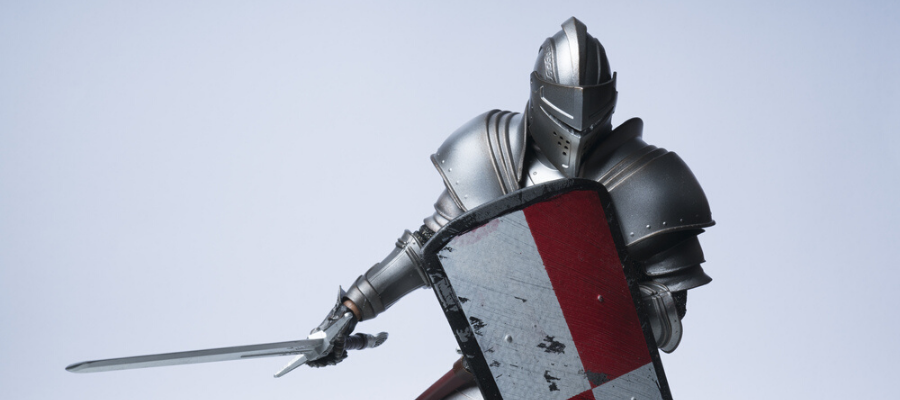Spartan VS Knight Training
Posted by MRL on Feb 2nd 2020
So when did the path to knighthood and to a Spartan warrior begin?
Knights belonged to the noble class and were part of a military order, but not all soldiers could become knights. Those lacking the equipment, status or wealth to join an order were usually denied. However, some from the poorer class could elevate their status and be accepted into knighthood through valor on the battlefield.
Becoming a page was usually the first step most took in the path to knighthood. Training began at a very young age. At 7, the son of a medieval nobleman or knight would be sent off to serve as a page in a lord's castle. There, he would learn horsemanship, archery and swordsmanship, and perform various other menial chores and duties around the castle.
Conversely, when a Spartan boy (no girls) was born he was shown to the elders and they decided whether he would be raised or left to die in a gorge on Mount Taygetos. Harsh. The selected boys were taught to be content with plain food and not to be afraid of the dark or being left alone. They were even bathed in wine to 'temper' their bodies. At age 5 they were considered 'boys' and military training began and lasted for six years. He was pulled away from his family and lived in rudimentary barracks. A key to his training was a dance called pyrriche which trained movement with weapons. In addition he would learn all the songs sung while marching on campaign. He learned to read and write and at age ten he would begin competing against other boys. And we complain about starting military basic training at 18!
On his 12th year, the Spartan boy became a 'youth' and physical exercise was increased. He went barefoot to toughen his feet and when not naked only a single garment meant to help him withstand extreme temperatures. He was fed a limited diet to get them used to hardship and encouraged to steal rations to develop cunning. If caught, he'd be heavily punished, not for stealing, but for getting caught! Each youth had an adult guardian like a page or squire had a knight to guide them.
Our page on the other hand is now approaching his 14th birthday, where if selected he could be a squire and be attached to a specific knight for training. A squire's training concentrated on strength, fitness and skill with various weapons. Individual training was only part of the regimen, as knights also needed to know how to fight as part of a team like the Spartans did and of course be skilled horsemen. The squire would care for the knight's horse, clean the stables, clean and maintain the knight's armor and maintain his weapons. They would learn the chivalric codes of conduct and listen to epic tales of Roland, Charlemagne, Arthur and his knights.
Having started essentially from birth, by the time a Spartan youth got to his 18th year he was fully trained and they could be deployed in real battle. And the war experience continued to 30 where they could then alter careers and be citizens and politicians.
Although knights started their path to be a noble warrior a little later, around the age of 21 the squire would go through the dubbing ceremony to knighthood. In the early Middle Ages, this was done with a open-handed strike to the neck followed by an oath to conduct himself with courage, bravery, skill and loyalty. After the 11th century, the Church expanded this ceremony to incorporate seeds of religious chivalry and the touching of the shoulder with a sword.
All though there are certainly parallels, the one most strongly tying them together might be the need to fight as a welcome rest from the daily grind of training. It's obvious to see why these warriors were so feared and formidable in their day.
Check out Spartans statues and Knights Statues, costumes, swords, helms and what not at MuseumReplicas.com.




